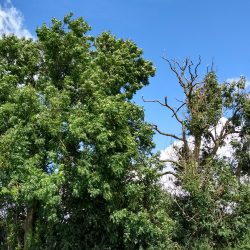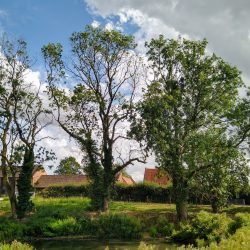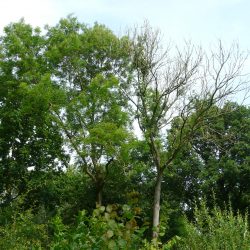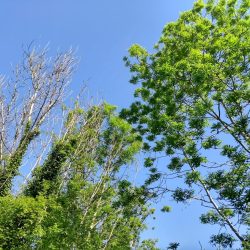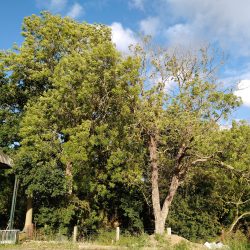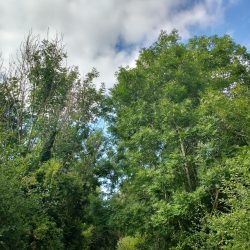Recovery of Ash in East Anglia
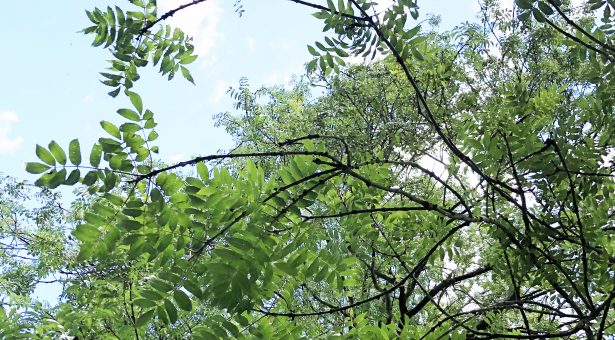
How you can help us to find healthy trees in East Anglia.
In East Anglia, many ash trees have succumbed to ash dieback. We are looking for ash trees which are obviously much healthier than other ash nearby, as in the examples below.
What we’re doing to revive ash
Research here at the John Innes Centre in Norwich and other organisations shows that the UK’s ash population has a good chance of recovery from the ash dieback epidemic. We are working with the Woodland Trust, and other organisations and individuals to produce a new population of ash trees with resistance to ash dieback.
We plan to speed up natural selection for dieback-resistance by growing healthy trees together in a nursery, to produce seed with natural resistance to ash dieback. This nursery will be planted using cuttings from healthy ash trees in East Anglia and it will help to save ash trees for future generations.
Seed from this nursery will be distributed to anyone who wishes to sow it to produce the next generation of ash trees for East Anglia. More information about ash can be found on the Woodland Trust website.
How you can help
Ash trees which are much healthier than others nearby may have genes for resistance to ash dieback. We need your help to find these healthier ash trees in East Anglia, particularly Norfolk, Suffolk and adjoining parts of Essex and Cambridgeshire. A good place to look is any area with a dozen or more ash trees, such as hedgerows and woods.
We need you to tell us about trees which are obviously healthier than other ash trees nearby of similar size. They don’t need to be completely healthy but they should have a fuller crown than other trees nearby with little damage to the main stem or branches (see the pictures above). We need mature trees, at least 10 feet / 3 m tall with at least one branch less than 15 feet / 4.5 m from the ground, from which we can take cuttings.
We are interested in native trees, so ask you to avoid areas where trees have been planted in the last 30 years, such as housing estates and verges of major roads, which may have used imported stock.
This information will then be used by our ash dieback team who will visit the tree you’ve identified to see if we can include it in our nursery. For more information on our privacy policy and how we store and use the data we collect, click here.

